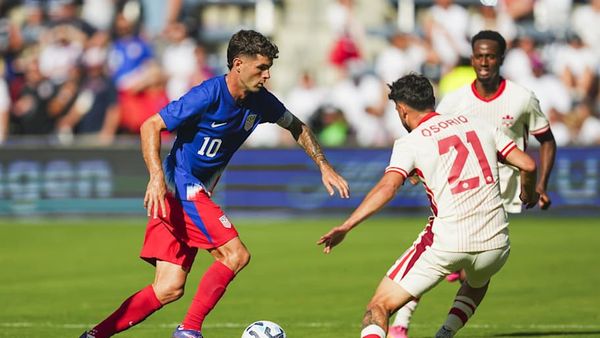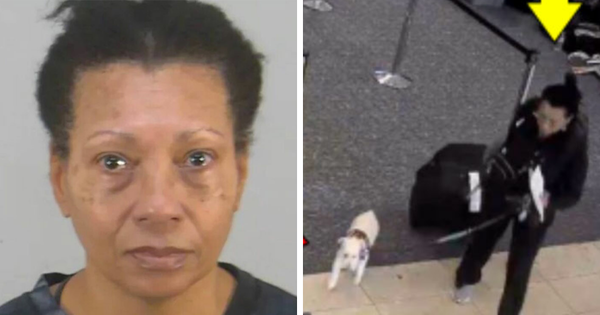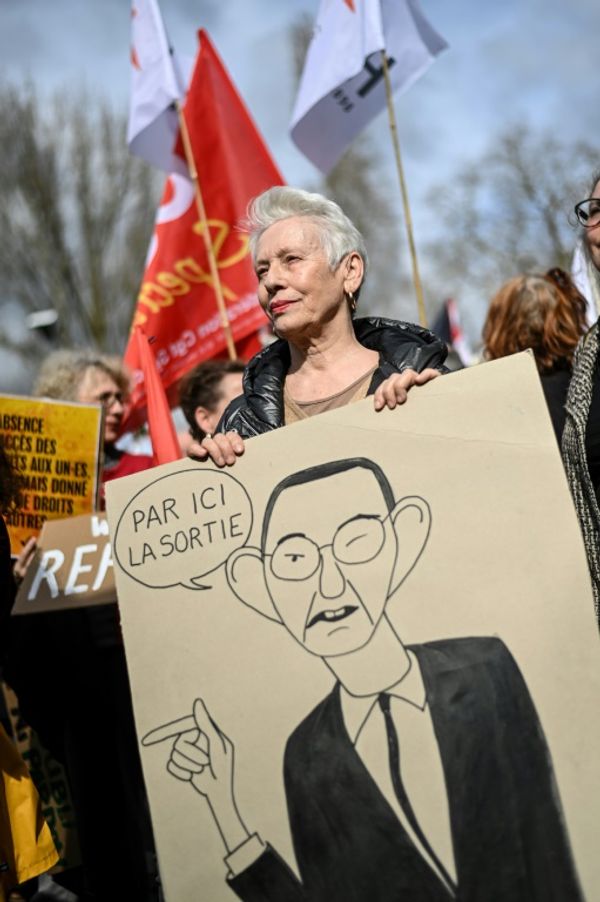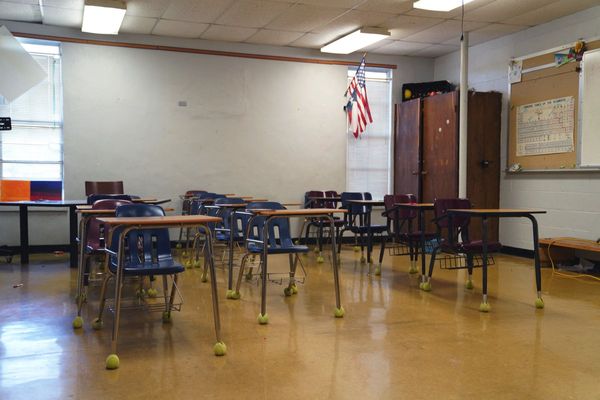When skeletal remains were unearthed from the windswept, moon-like landscape of Lake Mungo in 1974, they rewrote a western understanding of time and human occupation in Australia.
The 42,000-year-old bones belonged to Mungo Man, named after his resting place in the dry lake bed, and the use of ochre recorded in his burial became the oldest known ritual burial recorded in human history.
The removal of Mungo Man, and more than 100 others, from their ancient graves by anthropologists caused pain and anger for some traditional owners.
In 2017, traditional owners rejoiced when the remains were returned to their ancestral home.
But the repatriation raised a new question for the Paakantyi, Mutthi Mutthi and Ngiyampaa peoples of south-west NSW — where should the remains of their ancestors rest?
A 'scientific travesty'
Now a proposed reburial of the remains in unmarked graves within the UNESCO World Heritage Area, which encompasses Lake Mungo, is dividing local Aboriginal and scientific communities.
Michael Young, a Paakantyi and Pirindji man and former member of the Willandra Lakes Region Aboriginal Advisory Group that is driving the reburial idea, said the proposal was a scientific travesty.
He is calling for the remains to be kept in a special keeping place on country, rather than being reburied, to allow scientific access while fulfilling the community's needs to care for and respect the remains of their ancestors.
"We know that Mungo Man and Mungo Woman helped revolutionise our understanding of history, and we have the opportunity to broaden that out to such an immense scale," Mr Young said.
Mr Young believes the consultation process and the structure of the Aboriginal advisory group have been flawed.
"It would all appear to be behind closed doors, [they are] secret burials," he said.
"It's a reflection on how the last three years has happened, a lot of that debate has been behind closed doors without consultation," he said.
He said since the establishment of the Willandra Lakes Aboriginal Advisory Group, a native title determination had been handed down and should change how the group was represented.
"We feel that it needs to go through that process to identify the traditional families of the area before big decisions can be made out there at Mungo."
The Willandra Lakes Aboriginal Advisory Group, a committee established to report to the NSW government on the management of the UNESCO World Heritage Area, declined to speak to the ABC.
The reburial proposal became public in early July when the federal Department of Environment called for public comment.
The department has final approval over excavations for graves within the World Heritage Area.
The keeping place
Mr Young said the keeping place option was initially proposed when the remains were returned to country in 2017 but had since dropped off the agenda without a clear explanation.
The keeping place is an idea backed by Jim Bowler, the anthropologist who first unearthed the remains, and Michael Westaway, a University of Queensland archeologist who has studied some of the remains.
Dr Westaway said he empathised with those who thought the remains should be reburied, given the history of stolen Indigenous remains and artefacts in 19th-century and early 20th-century Australia.
[But] these ancestral remains weren't collected by racial scientists, they were collected by pretty admirable characters [like] Jim Bowler," Dr Westaway said.
He said while the stories of Mungo Man and Mungo Lady were widely known, the remains of the other people had been less widely researched.
"I think the burial of these ancestral remains without proper documentation and research represents a huge loss.
Dr Westaway said federal Environment Minister Sussan Ley had the opportunity to make a very important decision about the future of some of Australia's outstanding world heritage.
A spokesperson for Ms Ley's office said the department was looking at the reburial proposal, and whether an environmental assessment was required, in accordance with the requirements of the Environment Protection and Biodiversity Conservation Act.
They said the process had included public consultation, and a decision on an environmental assessment was due on August 6.







